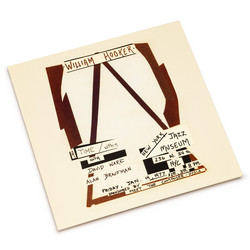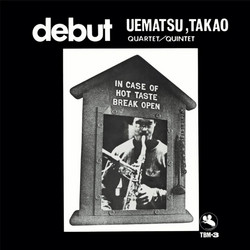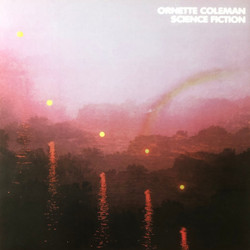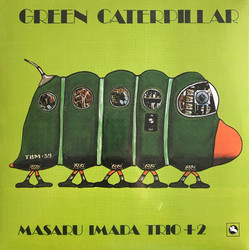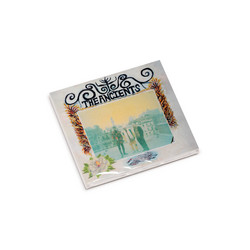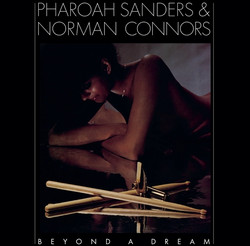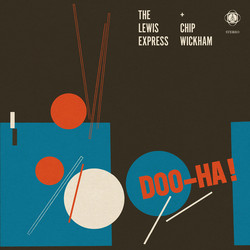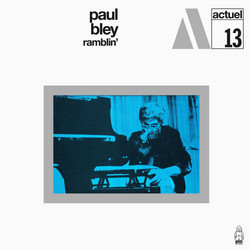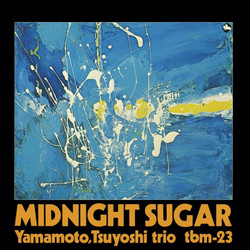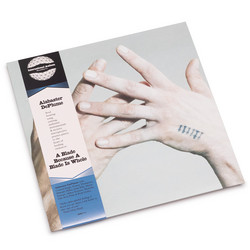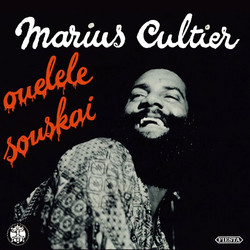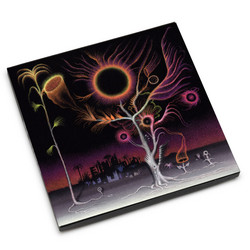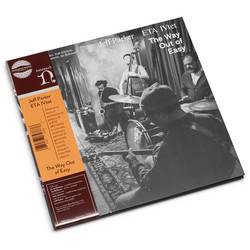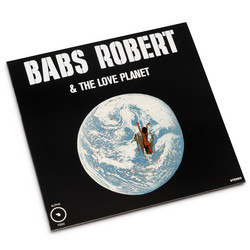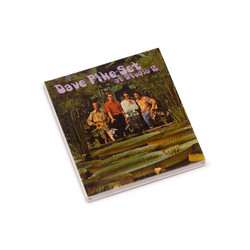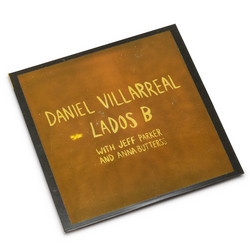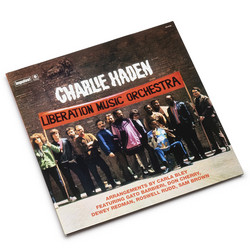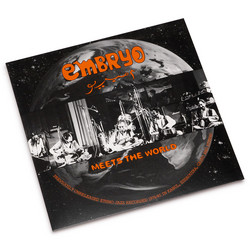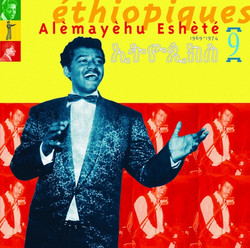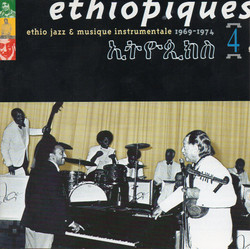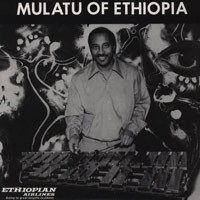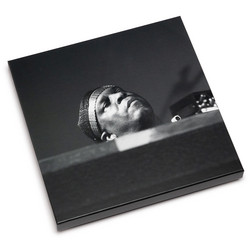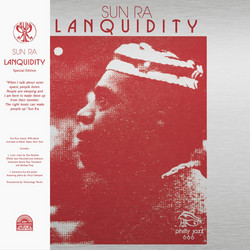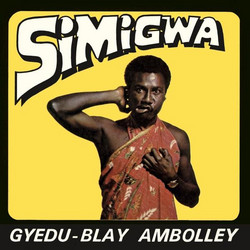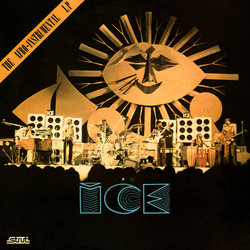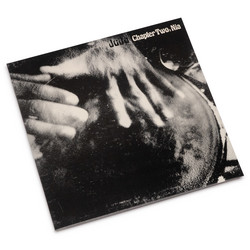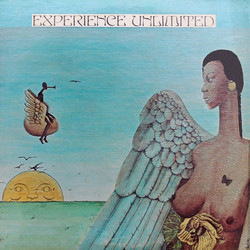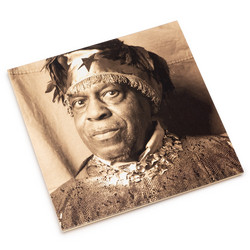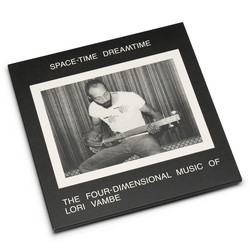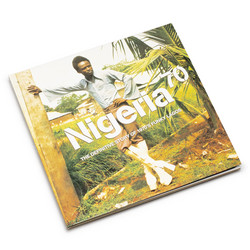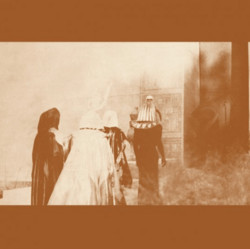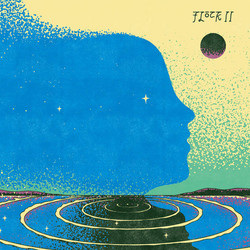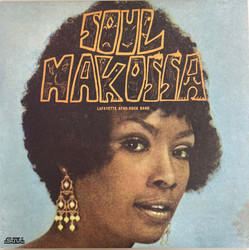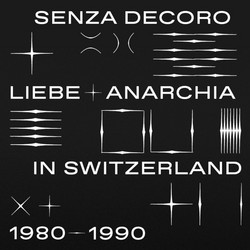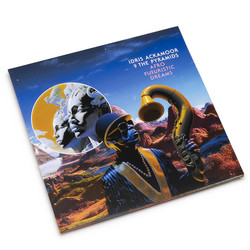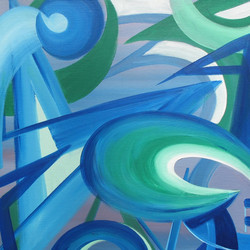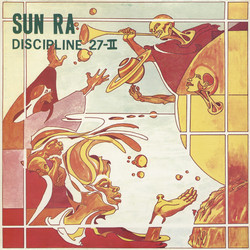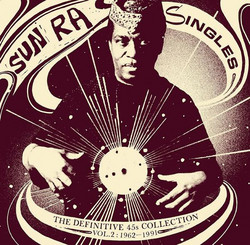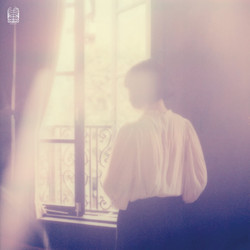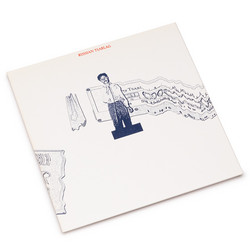Mulatu Astatke
Mulatu Of Ethiopia
Tip! *2022 stock. In process of stocking* Recorded in New York , the album arrived at a time when Astatke had begun to master the delicate fusion of styles needed to create Ethio jazz. “I left the UK for America and studied at Berklee College in Boston. I learnt the technical aspects of jazz and gained a beautiful understanding of many different types of music. That’s where I got my tools. Berklee really shook me up.”. Journeying regularly to the Big Apple to play and watch live shows at the Cheetah , the Palladium and the Village Gate, Astatke met producer Gil Snapper on the circuit. “Gil was a nice and very interesting guy. He produced music and worked with all kinds of musicians.” The meeting would lead to a series of albums on Snapper’s Worthy label. The first , ‘Afro Latin Soul’ , documented Astatke’s new-found directions. “Mulatu has created a new sound , ” enthused Snapper on the album jacket. “He has taken the ancient five-tone scales of Asia and Africa and woven them into something unique and exciting; a mixture of three cultures , Ethiopian, Puerto Rican and American.”
A second volume of ‘Afro Latin Soul’ followed before Astatke began to hone his sound further , infusing funk and cultural influences into the mix. Returning to a downtown Manhattan studio with Snapper and working with some of the city’s top young jazz and latin session players, ‘Mulatu Of Ethiopia’ began to take shape. “We rehearsed for 3-4 weeks” remembers Astatke. “it took them a while to get the right feeling in the music.” The resultant album represented the first fully formed document of Astatke’s trademark Ethio jazz
sound. It features ‘Kulunmanqueleshi’, ‘Dewel’ , and ‘Kasalefku-Hulu’ , tracks that Mulatu would return to regularly on singles and in live shows , the Ethio-Latin workout ‘Chifara’ and the self-titled groover ‘Mulatu’ (“I wanted to make a track for... myself!”).
